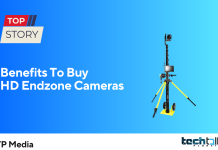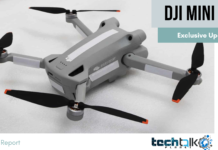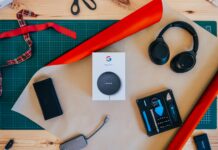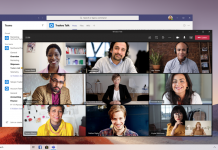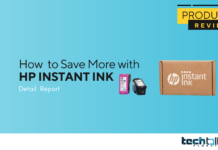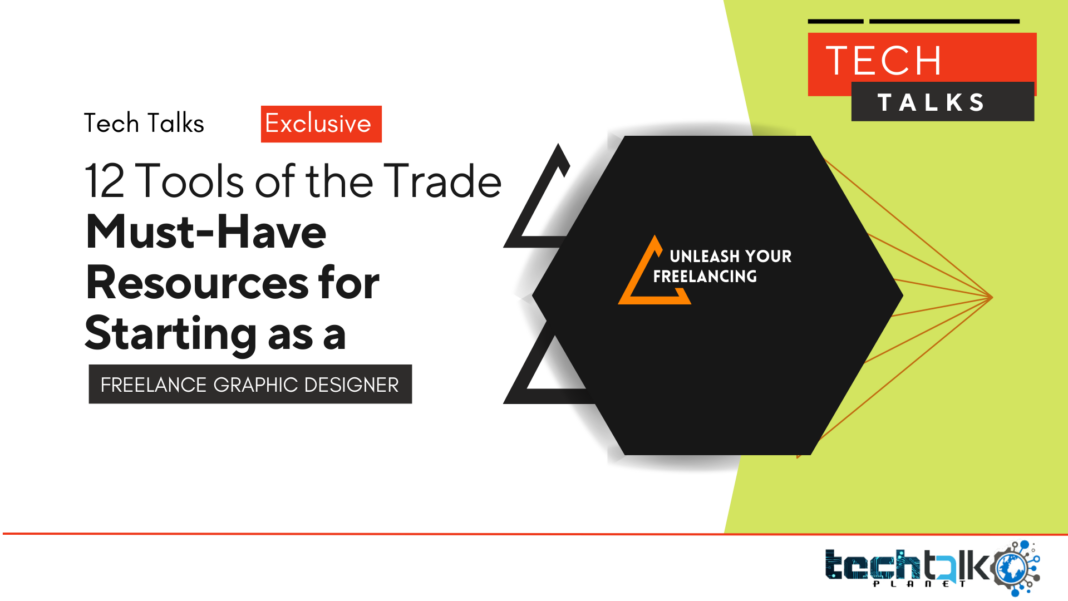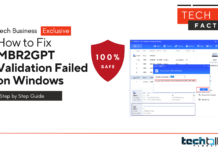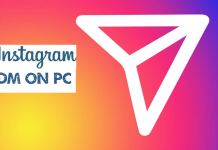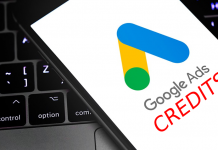Embarking on a freelance career as a graphic designer can be an exciting and rewarding journey. However, to ensure your success in this competitive field, it’s essential to have the right tools, knowledge, and strategies in place.
In this comprehensive checklist, we’ll explore 12 crucial elements that every freelance graphic designer should consider when starting. This guide will help you lay a solid foundation for your freelance graphic design career, from honing your skills and building a portfolio to managing finances and finding clients.
Here’s a list of tips with which you can accelerate your graphic designing career:
1. Define your niche:
Before diving into the freelance world, defining your graphic design niche is important. Determine the type of design work you excel at and enjoy the most, whether branding, web design, print design, or illustration. Focusing on a specific niche will allow you to refine your skills and target your marketing efforts effectively.
2. Build a strong portfolio:
Your portfolio is your calling card and an essential tool for showcasing your skills to potential clients. Include a variety of your best work that highlights your expertise and versatility. Having a well-built portfolio is beneficial for you, as well as your clients.
3. Invest in the right hardware:
A freelance graphic designer must have a reliable computer and graphic design software. Invest in a powerful computer that can handle resource-intensive design tasks and a high-resolution monitor for accurate color representation. Consider using graphic design tools like PosterMyWall that help you bring the designs in your mind to reality.
4. Set up a comfortable workspace:
Create a dedicated workspace that inspires creativity and enhances productivity. Ensure your workspace has proper lighting, ergonomic furniture, and a clutter-free environment. A well-organized and comfortable workspace can significantly impact your focus and motivation.
5. Develop time management skills:
As a freelancer, time management is essential. Create a schedule for focused work time, breaks, and client meetings. Utilize tools like Toggl, Asana, or Trello to track your time and manage projects efficiently.
6. Master design software:
Proficiency in design software is vital for freelance graphic designers. Familiarize yourself with industry-standard that offers a wide range of templates, customization options, and design assets.
7. Stay updated with design trends:
The design world constantly evolves, and staying updated with the latest trends is crucial. Follow design blogs, attend webinars, and join online communities to gain insights into emerging design styles, techniques, and technologies. Incorporating trending elements into your work will keep your designs fresh and appealing.
8. Network and collaborate:
Building a strong professional network is essential for freelance success. Attend design conferences, join online communities, and engage with fellow designers on platforms. Collaborating with other creatives can open new opportunities and provide valuable feedback.
9. Create a brand identity:
Developing a unique and memorable brand identity is crucial for freelance graphic designers. Design a professional logo, establish a cohesive color palette, and create brand guidelines that reflect your style and values. Utilize design tools like PosterMyWall to create stunning visual assets for your brand identity.
10. Enhance your communication skills:
Strong communication skills are essential for successful client relationships. Practice active listening, respond promptly to client inquiries, and communicate your ideas and design concepts. Utilize tools like Slack or Zoom for seamless communication with clients.
11. Pricing and contracts:
Establishing fair pricing and creating comprehensive contracts are essential for protecting your interests as a freelancer. When pricing, research industry rates and consider factors like project complexity, scope, and timeline. Create clear and detailed contracts that outline project deliverables, payment terms, and revision processes.
12. Marketing and self-promotion:
You need effective marketing strategies to attract clients and establish your freelance graphic design business. Build a professional website, optimize your online presence with SEO techniques, and leverage social media platforms to showcase your work and engage with your target audience. Utilize various platforms to create eye-catching promotional materials that capture attention.
Conclusion:
Embarking on a freelance career as a graphic designer requires careful planning, honing your skills, and equipping yourself with the right tools. By following this comprehensive checklist, including shortlisting a graphic design tool like PosterMyWall, you’ll be well-prepared to succeed in the competitive world of freelance graphic design.
Continuous learning, adaptability, and dedication are key to thriving in this ever-evolving field. Stay updated with the latest design trends, network with fellow creatives, and strive for excellence in your work.
With the right mindset and a solid foundation, you can confidently navigate the freelance graphic design landscape and unlock endless opportunities for creative expression and professional growth.


